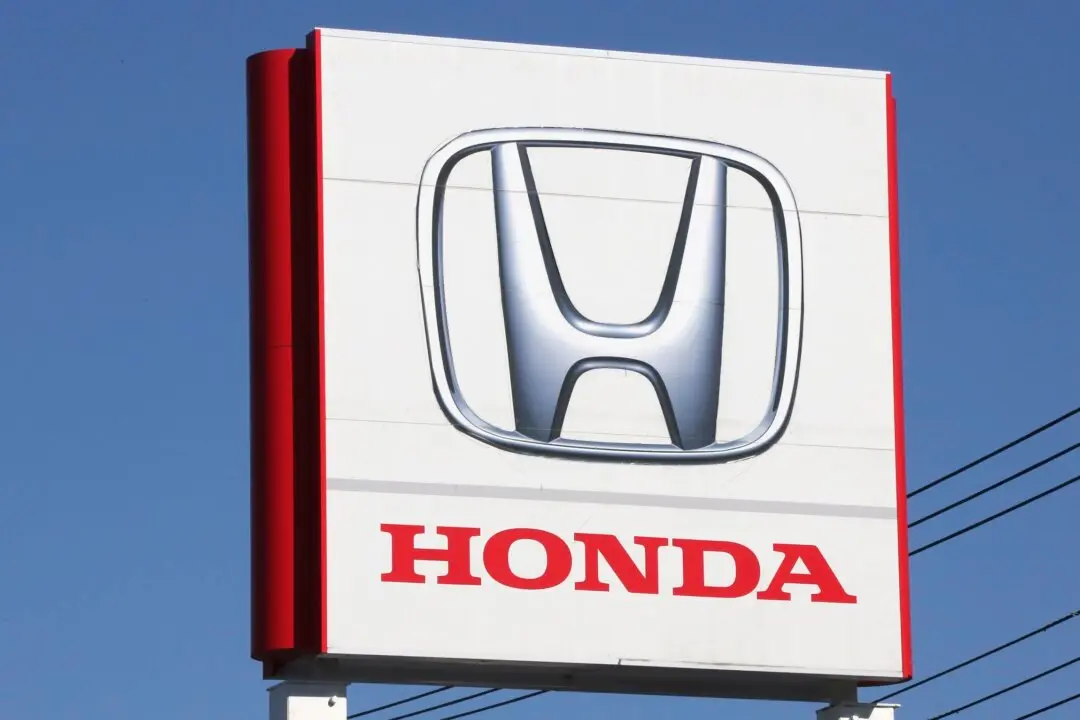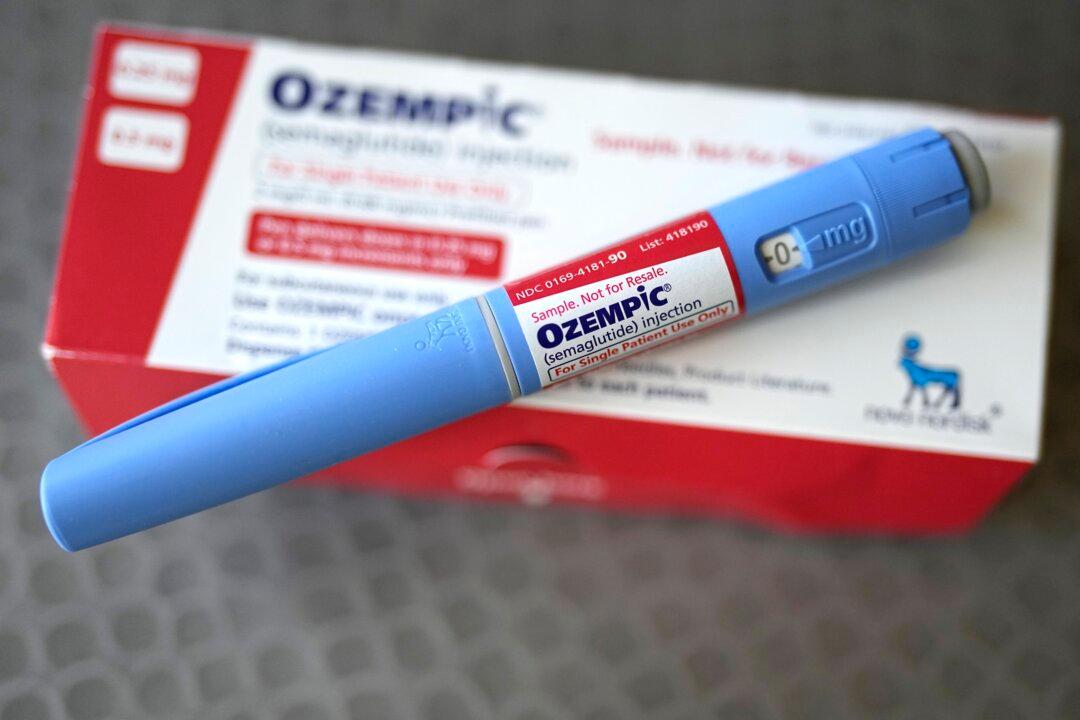The recall covers a range of Honda and Acura models manufactured between 2022 and 2025. Affected models include the Honda Civic, Civic Hatchback, CR-V, CR-V Hybrid, HR-V, and Acura Integra Type S, with specific variants such as the Civic Hatchback Hybrid and CR-V Fuel Cell Electric Vehicle also implicated.
The steering issue can manifest in affected vehicles as a “sticky” sensation or abnormal noises while turning, as detailed in Honda’s report.
This phenomenon has raised concerns, prompting the recall after numerous customer complaints and an in-depth investigation by Honda and the NHTSA.
According to the agency, Honda had received 10,328 warranty claims related to this issue as of late September. However, no injuries or fatalities associated with this defect have been reported.
The car manufacturer will notify owners of affected vehicles via mail beginning on Nov. 18. Owners will be advised to bring their vehicles to authorized Honda dealerships, where the faulty worm gear spring will be replaced, and additional grease will be applied to reduce friction at no cost to the owner.
Honda Customer Service will also be available for inquiries and concerned individuals can reach out to the NHTSA’s Vehicle Safety Hotline at 1-888-327-4236 for more information.
According to the documents, Honda has assured regulators and customers that production modifications have been made to rectify this defect.
New steering gearbox assemblies with enhanced grease application and reduced preload on the worm gear spring have been in place since late August, ensuring that vehicles manufactured after this date are not affected by this issue.
As part of the regulatory requirements, Honda will submit a draft of the owner notification letter to the NHTSA for approval five days before distribution.
The car manufacturer is also expected to provide quarterly updates to the NHTSA, tracking the progress and scope of the recall over the coming months. Owners are advised to act promptly once they receive the official notification, as any delay in addressing the steering defect could inflate safety risks.







